How to Use an Ax to Chop Wood
The ax is one of the oldest tools humans have ever used. It’s still one of the best for gathering wood. But you must know what you’re doing.
The ax is one of the oldest tools humans have ever used. It’s still one of the best for gathering wood. But you must know what you’re doing.
Important: According to BSA guidelines, axes should not be used by Cub Scouts. Axes are only appropriate for Boy Scouts who have received appropriate safety training and should only be used under the direction of a qualified adult.
HOW TO USE AN AX
Step One: Find the Right Wood
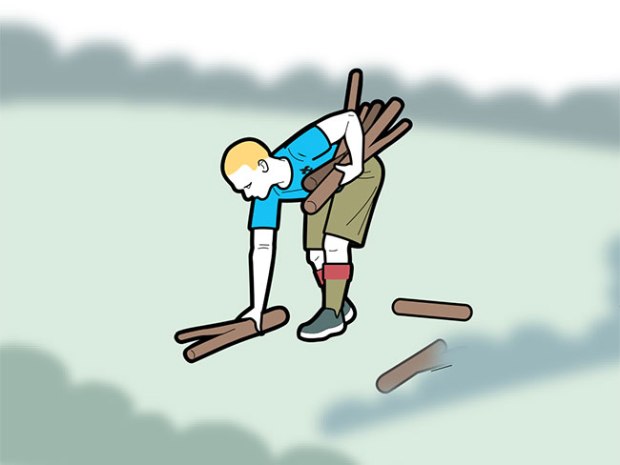
Green or living wood contains about 45 percent water and is too “wet” to build a campfire. But as the wood dries and gets harder, the ax can bounce, creating a dangerous risk. Look for downed trees that aren’t too green to burn and aren’t too dry to chop safely. And gather branches first — they’re easiest to cut.
Step Two: Limb the Tree
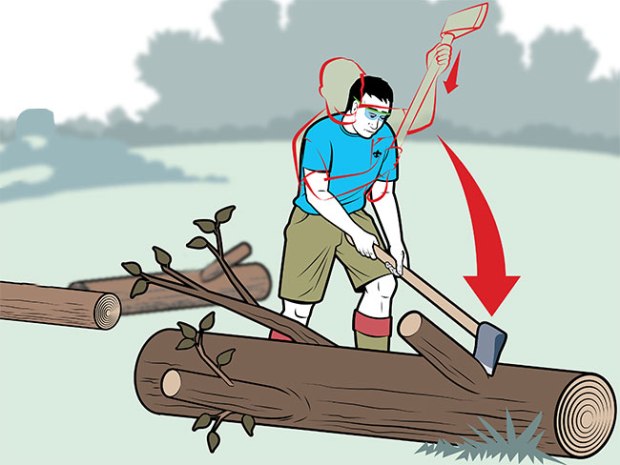
Stand on one side of the fallen tree and cut the branches on the opposite side. This way, you will always have the tree trunk between you and your ax cuts. Grip the handle firmly with both hands. At the start of your stroke, one hand should be near the handle knob and the other should grip near the ax head.
Start with the thickest limbs — those that had grown closest to the ground when the tree was upright. Work your way toward the top of the tree. Aim for the underside of the limb as close as possible to the tree trunk and base of the limb.
Step Three: Take Your Stance
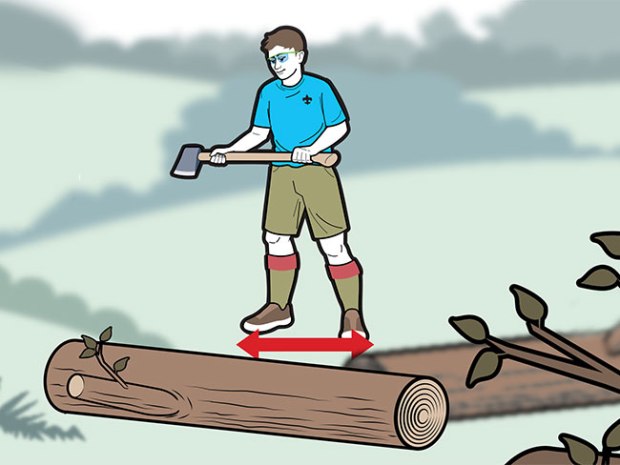
The best way to learn safe use of the ax is from your knees. Once your skills are honed, you can graduate to a standing position and deliver a more powerful blow. From the standing position, beginners and veterans alike should do their ax work with their feet shoulder width apart. Check your clearance by holding the ax at arm’s length and slowly turning in a circle. Remove any objects that you touch or that could snag the ax. Be certain everyone stays at least 10 feet away. In a long-term camp, rope off an area large enough to work in. Enter only to chop wood. And never cut while balancing on logs or branches.
Step Four: Swing the Ax
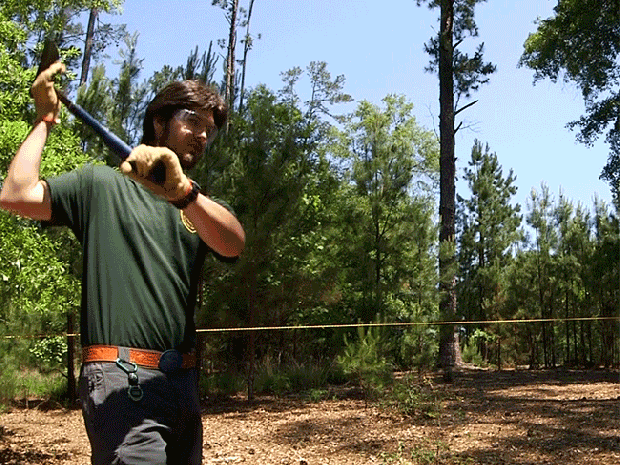
Begin your swing by raising the ax. Let your upper hand (near the ax head) slide down the handle. It should be near the end by the time you start the downward stroke. When you bring the ax back up, slide your upper hand back toward the ax head.
THINGS TO DO
• Keep your ax sharp; a dull ax is far more dangerous than a sharp one.
• Before putting your ax away, wipe it dry and apply a light coat of oil. Store it inside in a dry place, but not where it’s too warm.
• If the cutting edge is nicked or dull, use a flat, fine-cut file to bring the edge back to its original shape. Secure the ax head in a vise and, with both hands on the file, file against the sharpening edge with firm, even strokes. After filing, a sharpening stone or diamond sharpener can put a very sharp edge on the ax.
• Check the condition of your ax after each outing; your ax can last for years when you take care of it.
• Your ax head should have a leather sheath to protect the cutting edge. Always sheath the ax when it is not in use.
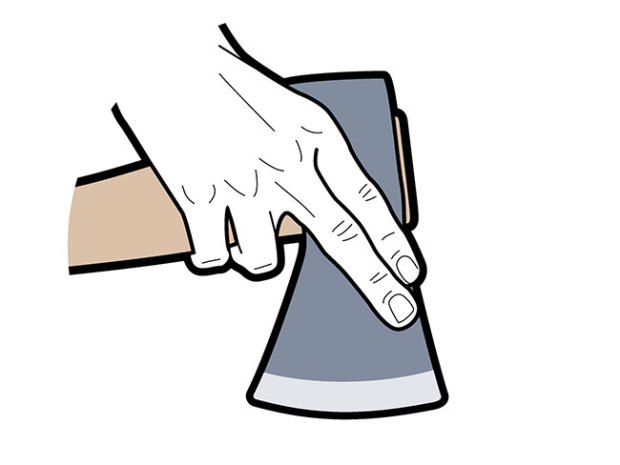
• Carry your unsheathed ax like this (if carrying it in your right hand): Grip the handle with your pinky and ring fingers; your middle and index fingers hold the right side of the ax head. Your thumb should hold the left side of the ax head. The sharp edge should face away from you.
THINGS NOT TO DO
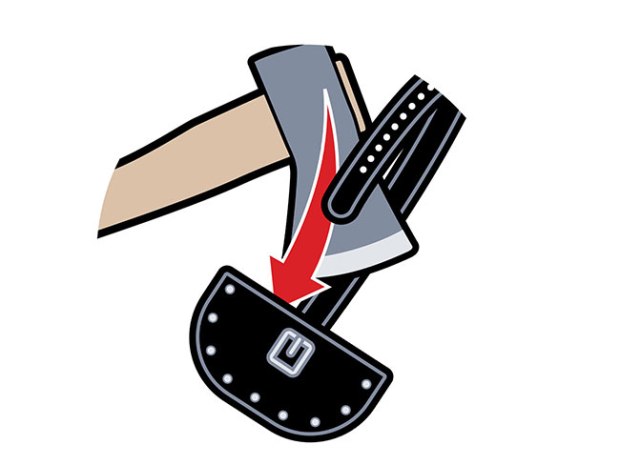
• Never leave an ax lying around without a protective sheath.
• Never leave your ax outside for an extended period of time. In the sun, heat can warp the handle. In the shade, high humidity can make the head rust.
• Never limb any branches or split any wood chunks without being sure that no rock or metal is underneath the wood you are cutting.
• Don’t use a hatchet in limbing. Hatchet handles are too short to swing accurately.
• Never cut with an ax when you are tired; fatigue is a common cause of accidents.
• Never use just one arm when taking full swings with an ax.
Just curious, how much wood could a woodchuck chuck if a woodchuck could chuck wood?
Cool
Thanks for the article. I really needed this since I have a lot of wood to chop and I’ve never used an axe before.
Glad the BSA has dumped the guidance from a few years ago when they advised lifting the piece of wood with the ax and keeping them in contact at all times. Needless to say, it’s not actually possible to chop much wood using this method.